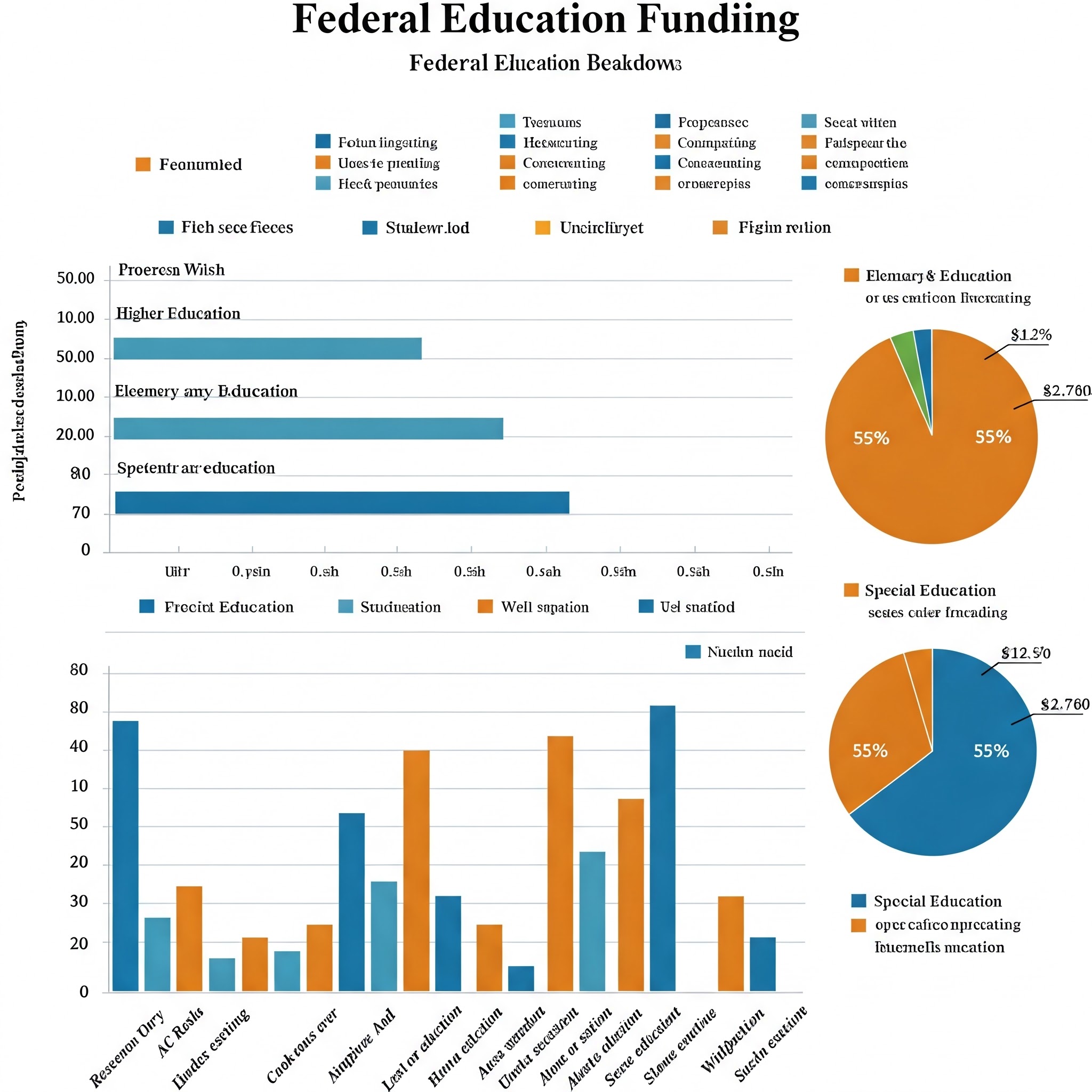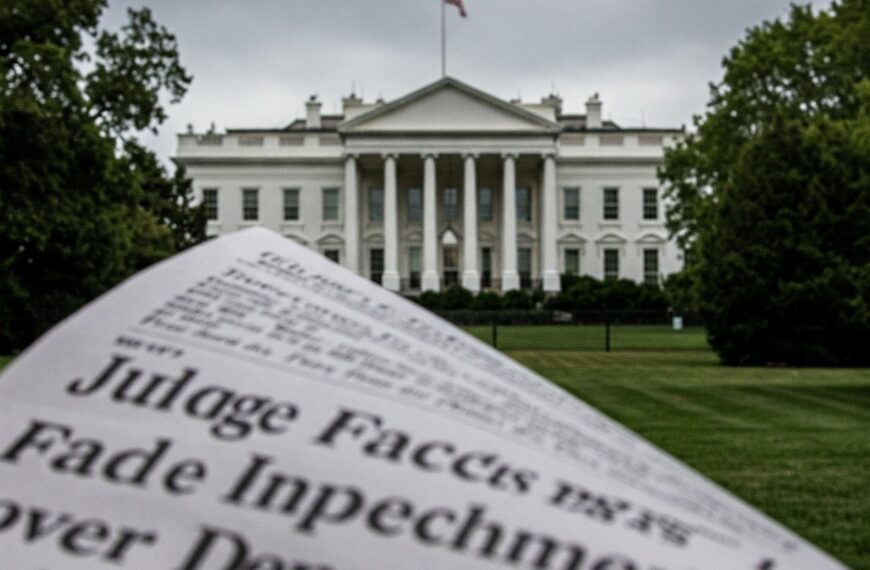Introduction
In a landmark move that could reshape the American education system, former President Donald Trump has initiated steps to dismantle the U.S. Department of Education. This decision aligns with his long-standing commitment to decentralizing federal control over education and shifting authority back to individual states. The announcement has sparked nationwide debate regarding its potential impact on students, teachers, and the broader education infrastructure.
Executive Order to Dissolve the Department
On March 6, 2025, President Trump signed an executive order directing the phased dissolution of the Department of Education. This initiative seeks to reduce federal intervention in education and allow states to implement policies tailored to their unique needs. According to Trump, the department’s existence has led to bureaucratic inefficiencies and hindered local decision-making.
Key Objectives of the Executive Order:
- Gradually eliminate federal oversight of K-12 and higher education programs.
- Reallocate educational funding directly to states.
- Transfer responsibilities such as student loan management to other federal agencies.
Source: Politico
Implications for Federal Education Programs
The U.S. Department of Education administers numerous programs, including federal student aid, special education initiatives, and grants for low-income schools. The potential dissolution of the department raises concerns about the management of these critical services. Currently, the federal government holds approximately $1.6 trillion in student loans, a responsibility that may be transferred to the Small Business Administration or private entities.
Source: Politico
Federal Education Funding Breakdown
To assess the potential impact of this decision, the table below provides a snapshot of federal funding allocated to major education programs:
| Program | Annual Federal Funding (USD) |
|---|---|
| Title I (Low-Income Schools) | $16 billion |
| Special Education (IDEA) | $13.5 billion |
| Pell Grants | $22.5 billion |
| Federal Work-Study | $1.2 billion |
| Student Loan Subsidies | $25 billion |
Source: U.S. Department of Education Annual Budget Reports
Reactions from Stakeholders
The move to dismantle the Department of Education has elicited a diverse range of responses from political leaders, educators, and policy experts.
Supporters Argue:
- Greater local control: States and school districts can better tailor educational policies.
- Reduced bureaucracy: Eliminating federal oversight may streamline decision-making.
- More efficient use of funds: Resources can be redirected to schools rather than administrative costs.
Critics Warn:
- Increased educational inequality: Federal programs supporting low-income and special-needs students may be at risk.
- Disruptions in funding: Schools reliant on federal aid could face financial instability.
- Lack of oversight: Without federal accountability, disparities between states may widen.
Source: Houston Chronicle
Legislative and Legal Challenges
While the executive order marks a significant step, fully dismantling the Department of Education requires congressional approval. Given the current political landscape, securing the necessary votes remains a formidable challenge. Some Republican lawmakers have expressed reservations, emphasizing the department’s essential role in managing federal education funds and enforcing civil rights protections.
Source: Politico
Conclusion
President Trump’s initiative to dismantle the U.S. Department of Education represents a seismic shift in educational governance. As the debate unfolds, stakeholders must consider the long-term implications for funding, oversight, and educational equity across the nation. Whether this move will lead to greater efficiency or exacerbate disparities remains to be seen.

















